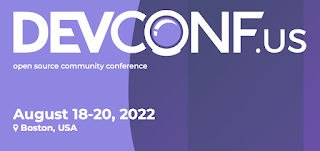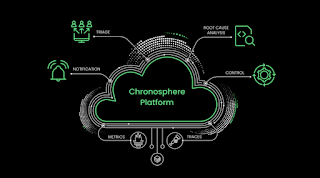I find this to be one of the more enjoyable articles to research, as I was part of all events and content statistics that I collect. It's nice to see my hard work, code, writing, and travels all tied up in a single article with a pretty bow on it.
This year was one marked with a lot of change for me and for the world if we are honest. We all came out of a few years of pandemic lock downs, lack of mobility, lack of freedom to interact face to face, and wondering if the world would ever be the same again. On top of that, I decided it was time to move on to new adventures this year. This was not pandemic driven, but more about the changes to the company I was working for due to an acquisition.
On 15 July, after +13 years at Red Hat, I decided to jump into the exciting challenges of cloud native observability (o11y) at scale with a wonderful company called Chronosphere.
All of these things meant that I was going to get back into the world of interactions with people, being on a stage, sharing knowledge, learning new things, and taking you all on the journey with me. Let's review some of my activities from 2022 as things started to get back to the new normal.































